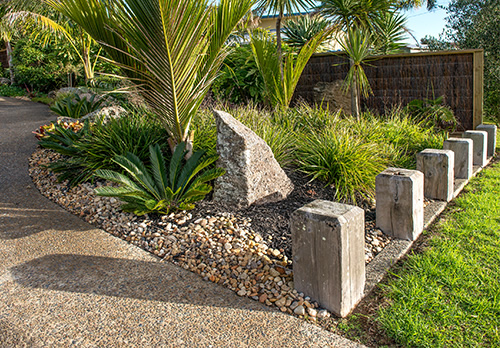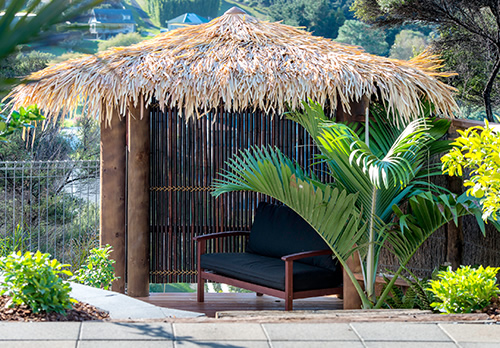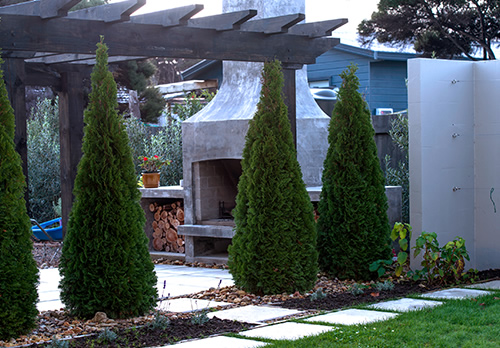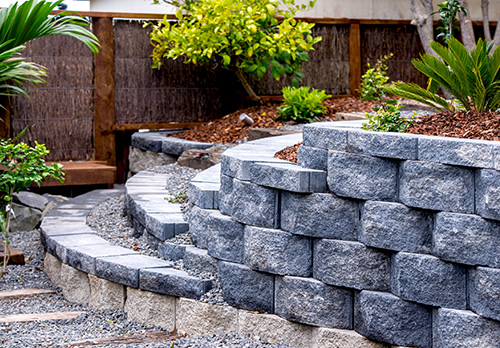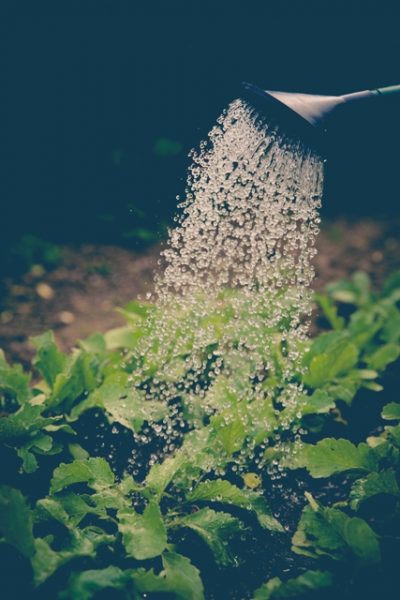
Both overwatering and under watering can quickly kill plants. The trouble is determining which factor is actually the culprit.
As gardeners, we’ve all goofed up at some point or another. We’ve given friends what we thought were pepper seedlings only to have the plants in question end up being weeds. We’ve failed to put a net on over our blueberries then ended up with no fruits for our pancakes. We’ve bought some nice flowers from the garden center. Or so we thought. These plants later turned out to be invasive weeds that even heavy duty chemicals won’t eradicate. If any of these scenarios sound familiar, it’s perfectly okay to admit it. Nobody’s perfect and neither are our gardens. But we can always try to do better next year by avoiding these common garden mistakes.
1. Research Failure
This inevitably leads people to attempt to grow plants that aren’t suitable for their current environment, which is a recipe for disaster. (For instance, no amount of coddling will get English lavender to grow outdoors in the subtropics.) Research failure can also lead to plant deaths when gardeners put species in spaces that are too sunny or shady for their plant’s liking. Other issues that could be prevented with a little research include sticking plants in soils with an unfavorable pH or planting things at the wrong time of year. Of course, the worst case scenario when it comes to research failure is when you accidentally plant invasive species because they looked pretty in the store and no one warned that these plants would eat your yard.
Research is generally the easiest fix for a lot of garden problems. It’s certainly true that everyone has busy lives. The good news is that Google was invented to answer our questions for us. All you have to do is plug in the information on your plant tag for more information on your newest acquisition. Thanks to modern technology you can even do this while standing in the garden center!
You can then use that information to make smart plant purchases. If you’re thinking long-term, you can always go ahead and research the varieties that you want to grow before buying them to determine if they can successfully be grown in your area. Of course, you should also familiarize yourself with plants that are known to be invasive in your region. If you decide that you must have them, just keep them in containers and keep a close eye on them so that they don’t escape.
2. Inappropriate Plant Placement
Everyone has been guilty of this at some point because it’s far too easy to just drop new plants in holes, water them, and then move on to the next project. The result is that plants sometimes end up being placed too close together, which can in turn cause them to crowd out other specimens or quickly outgrow their containers. Or it turns out the plants were placed too far apart and you’re left with giant gaps in your yard. It might even be that you placed species in the shade that were supposed to be in the sun and vice versa. Or maybe you planted your seeds in potting mix that wasn’t sterile and accidentally ending up gifting weeds to friends. These are all instances of inappropriate plant placement.
Even if you researched the topic earlier, it’s easy to forget the exact spacing when you’re faced with the actual plants. It’s a good idea to write these numbers down somewhere such as in a notebook or on a Word document. That way you can refer them later. You’ll then want to use a tape measure to check the distance between the spots you’ll be using. However, if your plants start becoming too crowded, you can always move them somewhere else in the yard or give them away to friends. Just be sure to always use sterile potting soil when you’re starting seedlings so that you can avoid embarrassment later on.
3. Bad Watering Practices
Both overwatering and under watering can quickly kill plants. The trouble is determining which factor is actually the culprit. That’s often hard to do since plants that are suffering from both problems may end up looking pathetic.
This is the probably easiest problem to solve if you’ve already familiarized yourself with the needs of your plants and know how much water they truly need. You can adjust accordingly without too much hassle. For most gardeners, the problems start when you find yourself wondering if the recent rain has been enough or if you missed a day somewhere. In such instances, it might be in your best interest to find a plant that wilts quicker than other and use it as a meter to determine your garden conditions. Of course, it only works as long as you keep in mind that some plants are more likely to handle drier conditions than others. (So definitely don’t use a cacti or succulent as your meter plant!) Or if you could always set up an automatic water system so that your garden stays green without much effort on your part.
However, if your plants are still wilting at that point, you’ll want to make sure the water is actually reaching their roots not just cleaning off their upper leaves. You can poke a long thin object like your finger or a pencil into the soil to make sure the water is reaching the appropriate depth. Just be sure to do this carefully so you don’t damage any roots that might be in the way. If the moisture isn’t reaching an appropriate depth, you might want to make sure you’re watering correctly (at the base not over the top).
4. Soil Related Issues
Buying cheap potting soil is a mistake that most of us have been guilty of at some point. However, this is often a mistake. We might end up with a substance that drains so quickly that the plants living in it barely receive any water. Or it might soak up so much moisture that the soil becomes permanently waterlogged. In ground gardens can have similar problems. The solution here is simply to spend a few more dollars on better quality potting soil.
In ground gardens can have similar problems but there’s not really a quick fix available. Gardeners will need to do their own research and figure out what soil amendments to apply in order to solve the issues that they’re having. It might even be a good idea to have your garden soil tested so that you know what its components are before making any adjustment. However, it’s still important to remember to aerate the ground for your vegetable garden in the spring no matter what kind of dirt you’ve got on hand.
5. Nutrient Problem
Aside from viruses, one of the most common causes of plant discoloration is nutrient deficiencies. Maybe your potting soil is starting to reach the end of its usefulness or there are just not enough trace minerals in your garden. The result is that your plants have started turning yellow, losing their leaves, or both. That’s precisely why applying fertilizer on a regular basis is a recommended practice for all gardens. However, some of us are absent minded when it comes to remembering that component. Some of us are also reluctant to use fertilizer because too much of it can quickly kill plants.
The easiest way to avoid nutrient problems is to have your soil tested and add soil amendments as needed to your yard to balance out the nutrient levels. Even so, homemade compost is generally regarded as a good all-purpose soil conditioner. Time release products like granular fertilizers are likewise a great compromise for people who are concerned that their heavy handed ways might kill their plants. However, gardeners should feel free to read up the subject so that they can use the soil amendments and fertilizers that are best suited for their own needs.
6. Pest Problems.
Just about every gardener has lost a prized fruit or even an entire plant to hungry critters at some point. There’s no shame in that. Even so, there are plenty of easy solutions. Nets and fences are generally considered good ways to keep unwanted visitors out. Letting your dogs or cats to roam free in your backyard is another possibility when it comes to scaring off the wildlife. Making those pests into venison stew and birdie pie are others. If those options don’t work, you might simple want to familiarize yourself with local animal predators and their favorite food groups so that you can avoid planting stuff that invites them to enjoy the buffet in your yard.
7. Tackling Too Much
Everyone has bitten off more than they could chew at some point in our lives. The same is true when it comes to gardening practices. Most gardeners have had a moment where they’ve bought too many new plants or started way too many vegetables at once. Others have found themselves dealing with plants that turned out to be more high-maintenance than they ever expected. Then there are those ambitious souls who suddenly decide that their boring, lackluster yard is driving them crazy and attempt to fix the problem in one weekend. Of course, all of the aforementioned gardeners may end up burned out when their projects became too much for them. The solution here is to start small when it comes to planting, refurbishing your yard, or trying out unfamiliar plants. You also will want to resist the urge to buy more plants than you can manage, even when they’re on sale for an excellent price.
Hopefully, once you’ve wised up to these common pitfalls, you’ll avoid having any garden related headaches in the upcoming season. Instead, you’ll have a garden that’s the envy of all.






